Lipote Tree
- October 2, 2024
- 0 comment
The Lipote tree (Syzygium polycephaloides) is a rare and valuable tropical tree native to the Philippines and parts of Southeast Asia. Known for its small, dark purple fruits, the Lipote tree has deep cultural, ecological, and economic significance. Traditionally used in Filipino cuisine, the fruits are often made into jams, wines, and desserts, celebrated for their tart yet sweet flavor. Beyond its culinary use, the Lipote tree plays an important role in local ecosystems, providing habitat for wildlife and contributing to forest health by preventing soil erosion. The fruits are also rich in antioxidants and have been used in folk medicine for their potential health benefits.

Despite its many benefits, the Lipote tree is relatively underutilized and faces threats from deforestation, habitat loss, and climate change. Conservation efforts are underway to protect this species, and interest in its commercial potential is growing, particularly in the international market for exotic fruits. Sustainable cultivation of the Lipote tree could provide economic opportunities for local farmers while promoting biodiversity and food security. As more research emerges on the nutritional and medicinal value of the Lipote fruit, this tree could gain even greater prominence in both local and global contexts.
| Specification | Details |
| Common Name | Lipote Tree |
| Scientific Name | Syzygium polycephaloides |
| Family | Myrtaceae |
| Native Range | Philippines, Southeast Asia |
| Tree Size | Medium-sized tree, reaching up to 12-15 meters in height |
| Bark | Light to dark brown, smooth texture |
| Leaves | Simple, opposite, elliptical to oblong; dark green and leathery |
| Flowers | Small, white to pale pink, typically in clusters |
| Fruit | Small, round, dark purple to black, about 2-3 cm in diameter |
| Fruit Taste | Tart to slightly sweet |
| Fruit Uses | Jams, wines, desserts, and traditional dishes |
| Growing Conditions | Tropical to subtropical climates; prefers well-drained soils |
| Sunlight Requirement | Full sun to partial shade |
| Watering Needs | Regular watering, prefers moist environments |
| Propagation | Seeds, cuttings |
| Pest/Disease Resistance | Generally pest-resistant, but may be prone to fungal infections in humid areas |
| Conservation Status | Rare in some regions due to deforestation and habitat loss |
| Ecological Role | Supports wildlife, prevents soil erosion, contributes to forest biodiversity |
| Commercial Potential | High, especially for fruit-based products such as jams and wines |
| Medicinal Uses | Antioxidant properties, traditionally used in folk medicine |
Botanical Characteristics of the Lipote Tree
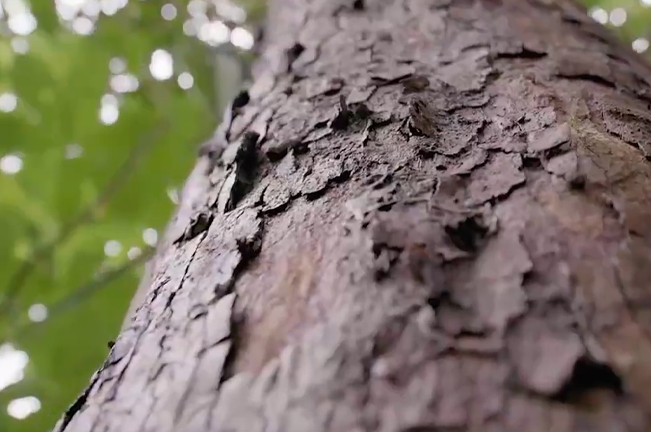
The Lipote tree is medium-sized, typically reaching heights of 12 to 15 meters. Its bark is light to dark brown with a smooth texture, giving the tree a distinct appearance. The tree’s leaves are simple, elliptical to oblong, and dark green, with a leathery texture that allows it to withstand varying environmental conditions. Its small, white-to-pale pink flowers bloom in clusters, adding a delicate beauty to the tree during its flowering season.
The Lipote’s fruits are round and measure about 2-3 cm in diameter. When ripe, the fruits turn a deep purple to black color, offering a tart, slightly sweet flavor that is often compared to grapes or plums. The Lipote tree thrives in tropical and subtropical climates, preferring well-drained soils with regular moisture. It can grow under full sun or partial shade, making it adaptable to various environments, although it flourishes in humid conditions with ample water supply.
Nutritional and Medicinal Value of Lipote Fruits
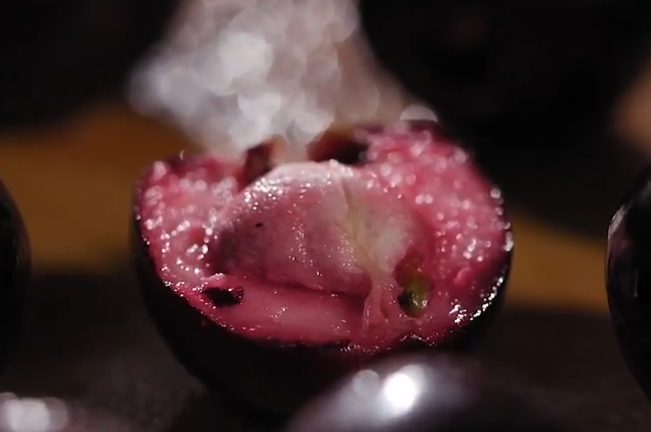
Lipote fruits are not only flavorful but also packed with nutrients. They are rich in antioxidants, which help combat oxidative stress and inflammation. The fruit is also a good source of vitamins and minerals, particularly vitamin C, which supports immune health and skin vitality.
Traditional medicine in the Philippines often highlights the potential health benefits of Lipote fruits. These fruits have been used in folk remedies for treating digestive issues and promoting general wellness. Current research is beginning to explore the fruit’s medicinal properties further, particularly its antioxidant content, which suggests potential for use in natural health products aimed at reducing the risk of chronic diseases such as heart disease and cancer.
Cultural Significance and Traditional Uses

The Lipote tree holds cultural importance in the Philippines and neighboring countries in Southeast Asia. Historically, the tree has been revered for its fruit, which has played a role in traditional cuisine and local customs. Lipote fruits are often turned into jams, jellies, wines, and desserts, thanks to their unique tart flavor. In some regions, the fruit is a prized ingredient in local dishes and is often served during festivals and celebrations.
In addition to its culinary value, the Lipote tree also plays a role in folk medicine. The fruit, bark, and leaves have been used in various traditional remedies to treat a variety of ailments, from digestive issues to skin conditions. This combination of culinary and medicinal significance makes the Lipote tree an important part of the region’s cultural heritage.
Ecological Role of the Lipote Tree

Ecologically, the Lipote tree is a critical player in maintaining local biodiversity. Its flowers attract pollinators, such as bees and butterflies, while its fruits provide food for birds and other wildlife. The tree also helps to prevent soil erosion, particularly in areas prone to heavy rainfall, by stabilizing the soil with its extensive root system.
The Lipote tree’s resilience to environmental stress, such as drought and flooding, makes it an important species in reforestation projects. Its ability to thrive in a range of conditions allows it to contribute to forest restoration efforts, helping to rehabilitate degraded lands and restore ecosystems that have been damaged by deforestation or other environmental challenges.
Conservation Status and Threats
Despite its benefits, the Lipote tree faces challenges related to conservation. In some regions, it is classified as a rare or endangered species, primarily due to habitat loss from deforestation and land conversion for agriculture. Climate change also poses a threat, as shifting weather patterns may affect the tree’s ability to thrive in its native habitats.
Conservation efforts are underway to protect the Lipote tree. Local governments, NGOs, and environmental groups are working to promote the sustainable cultivation of the tree, both to preserve its ecological role and to explore its economic potential. Raising awareness about the importance of the Lipote tree in both local and global contexts is crucial to ensuring its survival.
Economic Potential of Lipote
The Lipote tree holds significant economic potential, especially as demand for tropical fruits continues to grow in international markets. Lipote fruits, with their unique flavor and high nutritional value, are ripe for commercial cultivation and export. Products like Lipote-based jams, juices, wines, and even supplements could find success in health-conscious and specialty food markets.
The tree also offers opportunities for rural farmers in the Philippines and Southeast Asia. By promoting the commercial cultivation of Lipote, farmers could tap into new income streams, contributing to local economies and supporting sustainable agricultural practices.
Cultivation and Care of Lipote Trees
Growing Lipote trees requires attention to several key factors. These trees thrive in tropical and subtropical climates, preferring moist, well-drained soil and regular watering. They should be planted in locations that receive full sun to partial shade, with enough space for their root systems to spread.
Pruning is essential to encourage healthy growth and fruit production. Pest and disease management is generally straightforward, as the Lipote tree is resistant to most pests, though it may be susceptible to fungal infections in humid climates. Farmers interested in cultivating Lipote trees should follow sustainable farming practices, including soil conservation techniques and agroforestry systems that promote biodiversity.
Future Prospects and Research
Emerging research highlights the health benefits and commercial applications of Lipote fruits. As studies continue to explore the antioxidant and nutritional content of the fruit, there is growing potential for Lipote to be developed into functional foods and supplements. In addition, the tree’s role in sustainable agriculture and agroforestry offers exciting opportunities for further research and development.
Future developments in Lipote cultivation could include new techniques for optimizing fruit yield and improving resistance to environmental stressors. With the growing global interest in superfoods and sustainable agriculture, the Lipote tree is well-positioned to become an important species in both ecological conservation and economic development.
Conclusion
The Lipote tree is a unique and valuable species, with important roles in biodiversity, culture, and local economies. Its fruits offer a blend of nutritional and medicinal benefits, while its ecological role in supporting wildlife and preventing soil erosion cannot be overstated. However, the tree’s survival depends on continued conservation efforts and sustainable cultivation practices.
Promoting awareness of the Lipote tree’s benefits can help ensure that future generations continue to benefit from its fruits and its role in the environment. By protecting and cultivating this valuable tree, we can contribute to both the preservation of biodiversity and the promotion of sustainable agricultural practices.
Frequently Asked Questions (FAQs)
1. What is the Lipote tree?
The Lipote tree (Syzygium polycephaloides) is a medium-sized tropical tree native to the Philippines and parts of Southeast Asia. It produces small, dark purple fruits that are known for their tart, slightly sweet flavor.
2. Where does the Lipote tree grow?
The Lipote tree is primarily found in the Philippines but can also thrive in other parts of Southeast Asia. It prefers tropical and subtropical climates with well-drained soil and regular moisture.
3. What are the physical characteristics of the Lipote tree?The Lipote tree grows to a height of about 12 to 15 meters. It has smooth, light to dark brown bark, dark green elliptical leaves, and small clusters of white to pale pink flowers. The fruits are small, round, and turn a deep purple to black when ripe.
4. What does the Lipote fruit taste like?
Lipote fruits are tart with a hint of sweetness, often compared to grapes or plums. They are commonly used in making jams, wines, and desserts.
5. What are the nutritional and medicinal benefits of Lipote fruits?
Lipote fruits are rich in antioxidants, particularly vitamin C, which supports immune health. They are also believed to have anti-inflammatory properties and are used in traditional medicine to treat digestive issues and other ailments.
6. How is the Lipote fruit used in traditional cuisine?
In the Philippines, Lipote fruits are often used in jams, jellies, wines, and various desserts. Their tart flavor adds a unique twist to traditional recipes, and they are sometimes used in savory dishes as well.
7. What is the cultural significance of the Lipote tree?
The Lipote tree holds cultural importance in the Philippines and Southeast Asia, where it has been used in traditional cuisine and medicine for centuries. It also plays a role in local festivals and customs.
8. What role does the Lipote tree play in the ecosystem?
The Lipote tree supports local biodiversity by providing food for wildlife such as birds and insects. Its extensive root system helps prevent soil erosion, making it an important species for forest health and ecosystem stability.
9. Is the Lipote tree endangered?
In some regions, the Lipote tree is considered rare or endangered due to deforestation and habitat loss. Conservation efforts are being made to protect and promote its cultivation.
10. Can Lipote trees be grown commercially?
Yes, the Lipote tree has significant commercial potential, particularly as demand for tropical fruits increases. Lipote-based products, such as juices, jams, and wines, could find a place in international markets.
11. How can I grow a Lipote tree?
Lipote trees thrive in tropical climates with well-drained soil and regular watering. They should be planted in areas with full sun or partial shade and require pruning to encourage healthy growth.
12. What are the main threats to the Lipote tree?
The main threats to the Lipote tree are deforestation, habitat loss, and climate change, which may impact its growth and survival. Conservation initiatives aim to protect its natural habitat and promote sustainable farming practices.
13. What are the economic opportunities associated with the Lipote tree?
The Lipote tree has potential for commercial cultivation and export, particularly in the growing market for exotic fruits. Products made from Lipote fruits, such as jams, wines, and health supplements, could have significant economic value.
14. What research is being conducted on the Lipote tree?
Current research is focusing on the medicinal properties of Lipote fruits, particularly their antioxidant content. Studies are also looking into improving cultivation techniques to maximize fruit yield and promote sustainable farming.
15. Why is it important to conserve the Lipote tree?
Conserving the Lipote tree is important not only for biodiversity but also for preserving cultural heritage and promoting sustainable agriculture. By protecting this species, we ensure its benefits can be enjoyed by future generations.




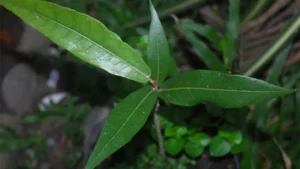
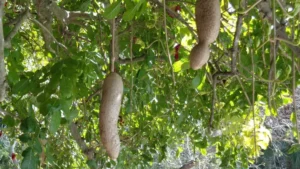
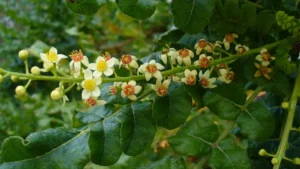



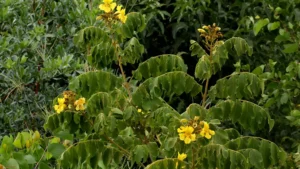


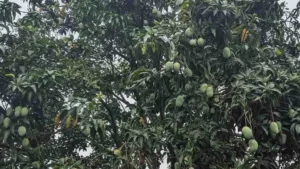
Leave your comment